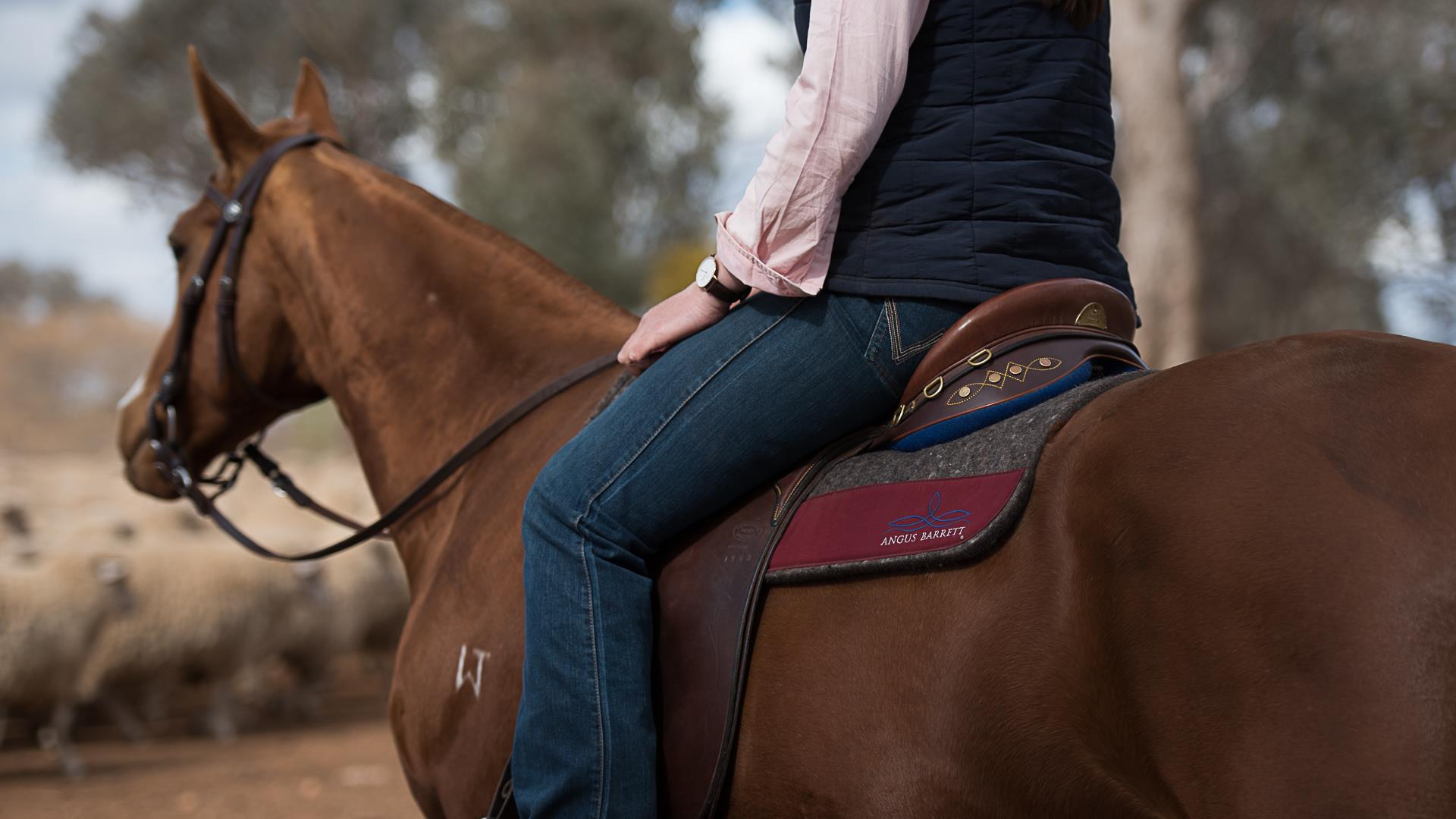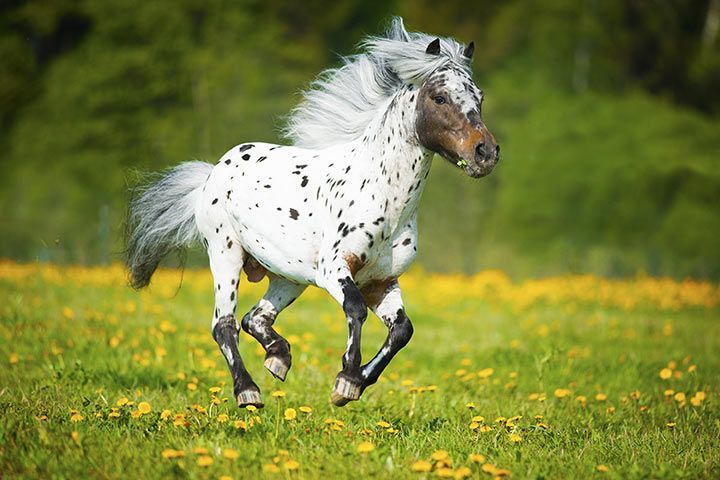When it comes to horse riding, one of the most important questions every rider faces is, ‘What size saddle do I need?’ Finding the right saddle size is crucial for both the rider’s comfort and the horse’s health. In this detailed guide, we’ll explore the ins and outs of saddle sizing, ensuring you are well-equipped to make an informed decision.

Understanding Saddle Sizes
Why Saddle Size Matters
A well-fitted saddle ensures a comfortable ride for both you and your horse. It helps in distributing the rider’s weight evenly, preventing any discomfort or injury to the horse’s back.
In contrast, an ill-fitting saddle can cause pressure points, leading to back pain, behavioral issues, and long-term health problems for your horse.
Saddle Size Components
Saddle size is typically measured in inches and comprises two main components: the seat size for the rider and the gullet width for the horse.
- Seat Size: This determines how well the saddle fits you.
- Gullet Width: This measures the distance across the front of the saddle and determines how well it fits your horse.

Measuring Seat Size
How to Measure for Seat Size
To measure the seat size, sit in a chair with your feet flat on the ground and your back straight. Measure the distance from the back of your knee to the back of your buttocks. Compare your measurement with the saddle seat sizes available.

Measuring Gullet Width
How to Measure Gullet Width
Use a flexible curve to measure the width of your horses back. Place the flexible curve about two inches behind the horse’s shoulder blades and form it to the shape of the withers.
Common Gullet Width Sizes
- Narrow: Less than 6 inches
- Medium: 6 to 7 inches
- Wide: 7 to 8 inches
- Extra Wide: Over 8 inches

Factors to Consider
Riding Style
Different styles of riding require different saddle fits. For example, an English saddle will have different sizing compared to a Western saddle.
Horses Breed and Build
The build and breed of your horse significantly affect the gullet width you will need. A broader horse will need a wider gullet to ensure comfort.
Riders Build and Comfort
Your build and comfort also play a role in selecting the right saddle. Ensure that you can sit comfortably and maintain correct posture while riding.
Fitting the Saddle
Trying the Saddle
Once you have your measurements, it’s time to try the saddle on your horse. Place the saddle on the horses back without any padding and make sure it’s well-balanced and doesn’t wobble.
Checking the Fit
Ensure that there is at least a two to three fingers gap between the withers and the saddle’s gullet. The saddle should sit evenly and allow free movement for the horse.
Common Saddle Problems and Solutions
Bridging
If the saddle is touching only at the front and back, it’s too narrow. Consider trying a wider saddle.
Rocking
If the saddle rocks back and forth, it might be too wide. Opt for a narrower saddle.
Choosing the Right Saddle for Different Disciplines
Western Saddles
Western saddles are designed for long hours of riding and provide comfort and support for both horse and rider. They typically have a deeper seat and a wider gullet.
English Saddles
English saddles are used for jumping and dressage. They have a flatter seat and a more narrow gullet, allowing for greater freedom of movement.
Maintaining Your Saddle
Cleaning
Regularly clean your saddle using a recommended saddle soap. This ensures longevity and maintains its condition.
Conditioning
Condition your saddle with saddle oil or cream to keep the leather soft and prevent cracking.
Visit our Saddle Pads page for recommendations on the best saddle pads to complement your saddle.
FAQs
How often should I check my saddle fit?
It’s recommended to check your saddle fit twice a year to ensure it remains comfortable for your horse, especially if there are any significant weight changes.
Can I use one saddle for multiple horses?
While it’s possible, it’s not ideal, as each horse has a unique build. It’s best to have a separate saddle for each horse to ensure the best fit.
What are the signs of an ill-fitting saddle?
Signs include uneven sweat patterns, soreness, white hairs appearing on your horse’s back, and behavioral issues when saddling up.
Conclusion
Finding the right saddle is essential for a comfortable and enjoyable riding experience. By focusing on both the seat size and gullet width, you can ensure a perfect fit for both you and your horse. Make sure to regularly check the fit of your saddle and maintain it properly to prolong its life and effectiveness. If you’re new to horseback riding or need more detailed guides, check out our Best Saddle Soaps page for more tips on maintaining your saddle’s condition.
As an Amazon Associate, I earn from qualifying purchases.